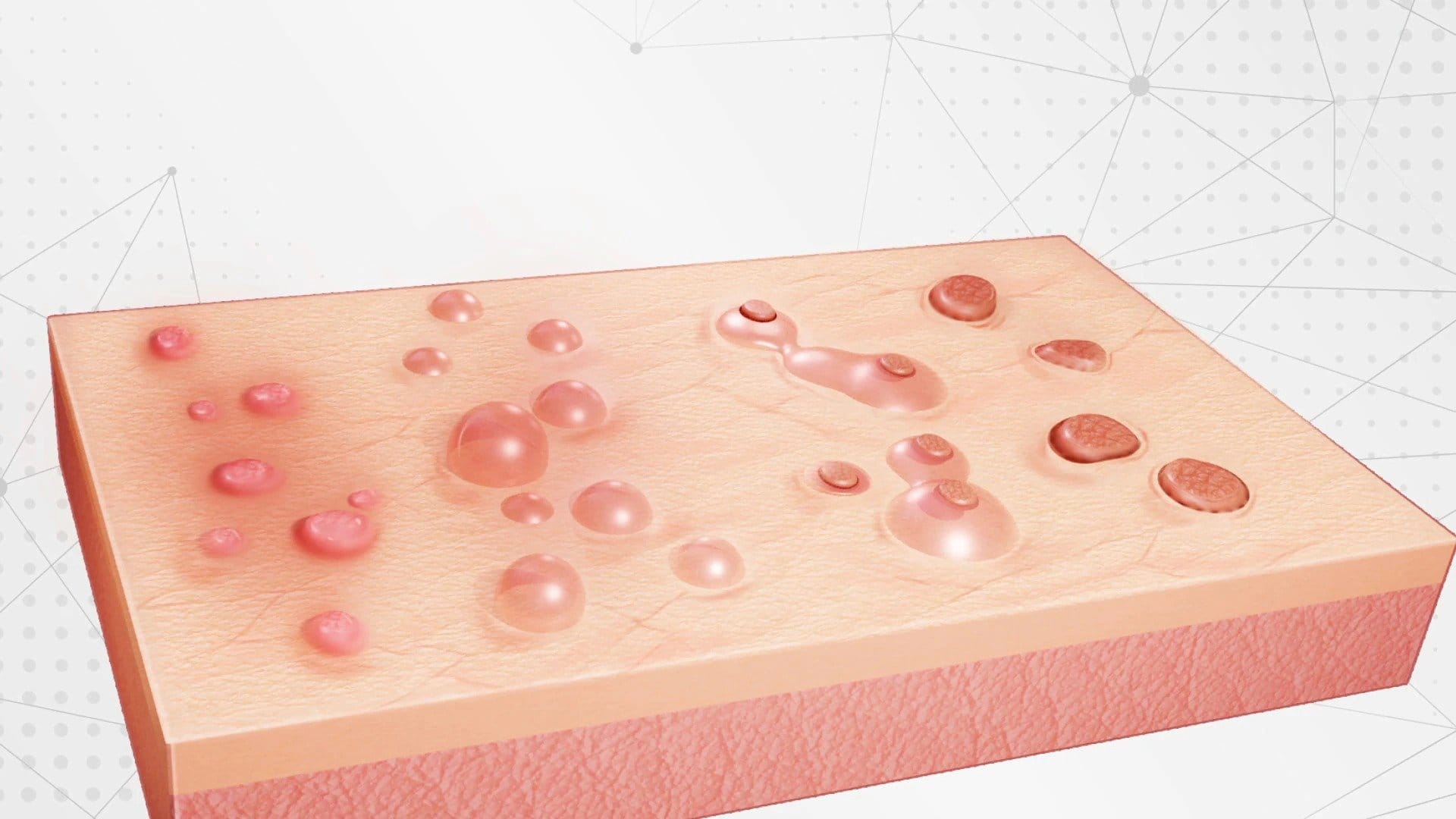
Transmission of Genital Herpes
Genital herpes is primarily transmitted through skin-to-skin contact during vaginal, anal, or oral sex with someone who has the infection, regardless of whether sores are visible1. This common sexually transmitted infection (STI) is caused by the herpes simplex virus (HSV), with both HSV-1 and HSV-2 being able to cause genital infections. In Hong Kong, understanding the specifics of transmission is crucial for prevention, especially given the local prevalence where HSV-1 seroprevalence approaches 80-90% by age 242.
How Genital Herpes is Transmitted
The herpes simplex virus spreads through direct contact with the virus at the site of infection. It's a common misconception that transmission only occurs when visible sores or blisters are present.
- Direct Skin-to-Skin Contact: The primary mode of transmission is direct contact with a herpes sore, but also with saliva, genital fluids, or the skin in the oral or genital area of an infected partner. This can happen during:
- Vaginal or anal intercourse
- Oral sex (both giving and receiving)
- Genital-to-genital contact, even without penetration
- Viral Shedding (Asymptomatic Transmission): A critical aspect of herpes transmission is asymptomatic viral shedding. This means the virus can be present and transmissible on the skin or mucous membranes even when there are no visible symptoms, sores, or blisters1. Most HSV transmission actually occurs during these asymptomatic periods or from a partner unaware of their infection.
- Specific Transmission Scenarios:
- Oral-to-Genital: Receiving oral sex from a partner with oral herpes (cold sores) is a common way to contract genital herpes, often caused by HSV-1.
- Autoinoculation: Although less common, it is possible to transfer the virus from one part of your own body to another (e.g., from genitals to fingers or eyes) if you touch an active sore and then touch another area. Good hygiene, like washing hands after touching sores, can prevent this.
- Maternal Transmission: A pregnant person can pass the virus to their baby during childbirth, particularly if there is an active outbreak at the time of delivery. This can lead to a serious condition called neonatal herpes.
What Does NOT Cause Transmission
It is important to dispel common myths. You cannot get genital herpes from:
- Toilet seats
- Swimming pools or hot tubs
- Sharing towels, bedding, or clothing
- Sharing cutlery, plates, or drinking glasses
Key Factors Influencing Transmission Risk
Several factors affect how contagious the virus is at any given time.
| Factor | Effect on Transmission Risk | Details & Source |
|---|---|---|
| Presence of Symptoms | Highest Risk | The virus is most easily spread from the first tingling sensation before a blister appears until the sore has fully healed. Avoid all sexual contact during this time. |
| Asymptomatic Shedding | Substantial Risk | Virus can be shed without symptoms. Risk is higher in the first year after initial infection and for those with frequent outbreaks. |
| Virus Type | Varies | HSV-2 genital infections typically involve more frequent viral shedding and recurrence than HSV-1 genital infections. |
| Use of Antiviral Therapy | Reduces Risk | Daily suppressive antiviral medication (e.g., valacyclovir) can significantly lower the risk of transmitting the virus to a partner. |
| Use of Condoms | Reduces Risk | Condoms lower risk if they cover the infected area. However, they cannot provide complete protection as sores may occur on uncovered areas like the scrotum or buttocks. |
Viral Shedding of Genital Herpes
Genital HSV was detected at least once (83.4%) with symptomatic HSV-2 infection and (68.2%) persons with asymptomatic HSV-2 infection.
No genital lesions were reported on 25 664 days of follow-up (89.3% vs the model-predicted per-person rate of 87.9%; 95% CI, 86.3%-89.3%), and HSV was detected on 3142 (12.2%; 95% CI, 10.8%-13.5%) of those days. Subclinical genital shedding rates were higher in persons with symptomatic infection(13.1%) compared with asymptomatic infection(8.8%).
Therefore, it can be confirmed the recognition of clinical genital herpes among asymptomatic persons with HSV-2 infection.
Conclusion
Genital herpes is a highly transmissible infection primarily spread through intimate skin-to-skin contact, often when no symptoms are present. In Hong Kong, the high prevalence of HSV-1 makes awareness of all transmission routes essential. By understanding how the virus spreads—through both symptomatic outbreaks and asymptomatic shedding—individuals can make informed decisions about prevention through open communication, consistent condom use, and avoiding sexual contact during outbreaks. If you have concerns about exposure or symptoms, the Hong Kong Department of Health's confidential services are available for support.
Ref:
(Text Only)

